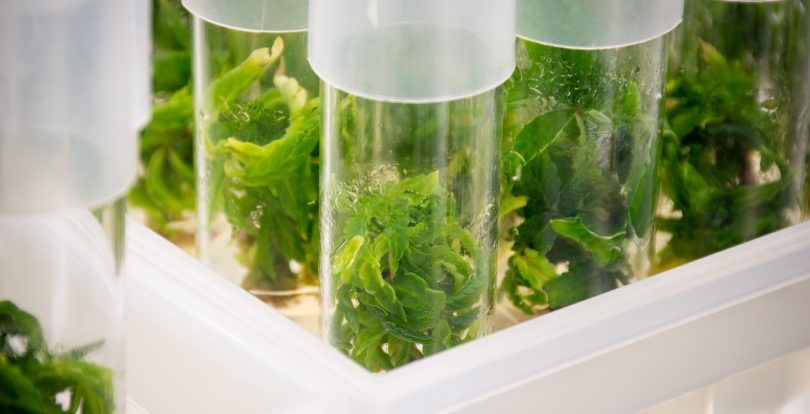Cannabis seems almost extraterrestrial. Majestic colas resemble rockets. Trichomes decorating leaves and flowers contain an otherworldly potion that protect plants from ultraviolet rays, bugs, and microbes. The plants release specific chemicals in response to predators, perhaps causing an unpleasant taste. Even cooler, the plant can release terpenes that summon some predatory beast to consume the attacker. It’s almost as if Cannabis sativa has a little chemical something ready to launch at anything that brings malicious intent.
And yet, despite the toxicity of the trichome elixir to bugs and microbes, Earthlings can medicinally benefit from those same molecules. Cannabinoids and terpenes offer promising or proven treatment options for widespread conditions like anxiety, post-traumatic stress disorder, depression, cancer, multiple sclerosis, etc. In our modern society, a natural plan for treating these ailments is practically a gift, a godsend. In fact, the growing list of medical attributes these molecules confer is rather startling given that cannabis was here all the while and could have helped humankind more than we’ll likely ever comprehend.
When we consider the other side of C. sativa, outside of consumptive applications, the plant offers nourishment (hemp seeds, hemp hearts, hemp seed oil), clothing, or other textiles like paper, limiting deforestation. Ancient, powerful civilizations understood this and utilized the plant in various medicinal and industrial ways. Industrial hemp has been planted near Pennsylvania coal plants or the toxic wasteland outside of Chernobyl to help scrub contaminated soil of toxic things like heavy metals.
So, while cannabis almost seems like manna from the gods, three forward-thinking companies trekking on the frontier rocketed hemp into the heavens. Front Range Biosciences (FRB), a Colorado-based agricultural technology company, partnered with SpaceCells USA and BioServe Space Technologies at the University of Colorado Boulder in December of 2019. FRB provided hemp (and coffee) tissue cultures for researchers to evaluate the effects of zero gravity on the plant’s metabolism and growth, and if the plants’ exhibit mutations in genetic expression. SpaceCells USA provided project management and funding, and BioServe provided the hardware needed to successfully transport the tissue cultures under regulated conditions and assessed the samples remotely once in space.
The samples were sent into orbit aboard the March 7th, 2020 SpaceX CRS-20 flight that transported cargo to the International Space Station (ISS). After a month in space, FRB planned to evaluate the plant samples’ ribonucleic acid (RNA) to gauge how microgravity and space radiation (stressors) affected the tissue cultures.
The entities involved in these experiments believe that this work might illuminate how space travel affects plants and if the altered environment generates interesting mutations or chemical responses.
“These are big ideas we’re pursuing,” said SpaceCells USA CEO Peter McCullagh, “and there’s a massive opportunity to bring to market new chemotypes as well as plants that can better adapt to drought and cold conditions. We expect to prove through these and other missions that we can adapt the food supply to climate change.”
The tissue cultures have since been returned to FRB, where Dr. Jonathan Vaught and his team will try to cultivate viable plant starts. They expect actual plants by the end of the year. While they’re waiting, they’ve begun sequencing the genetics of the cultures.
Space can do weird things to Earthlings. The same goes for our flora. Gravity obvious pulls things down, which means that things that grow upwards defy gravity daily. “If you put plants in that unique environment [space],” Vaught said, “all of a sudden, the plant doesn’t have to fight gravity anymore, so it can put its energy into other biological processes. That really drove what we’re trying to do here.”
Image Credit: Front Range Biosciences








